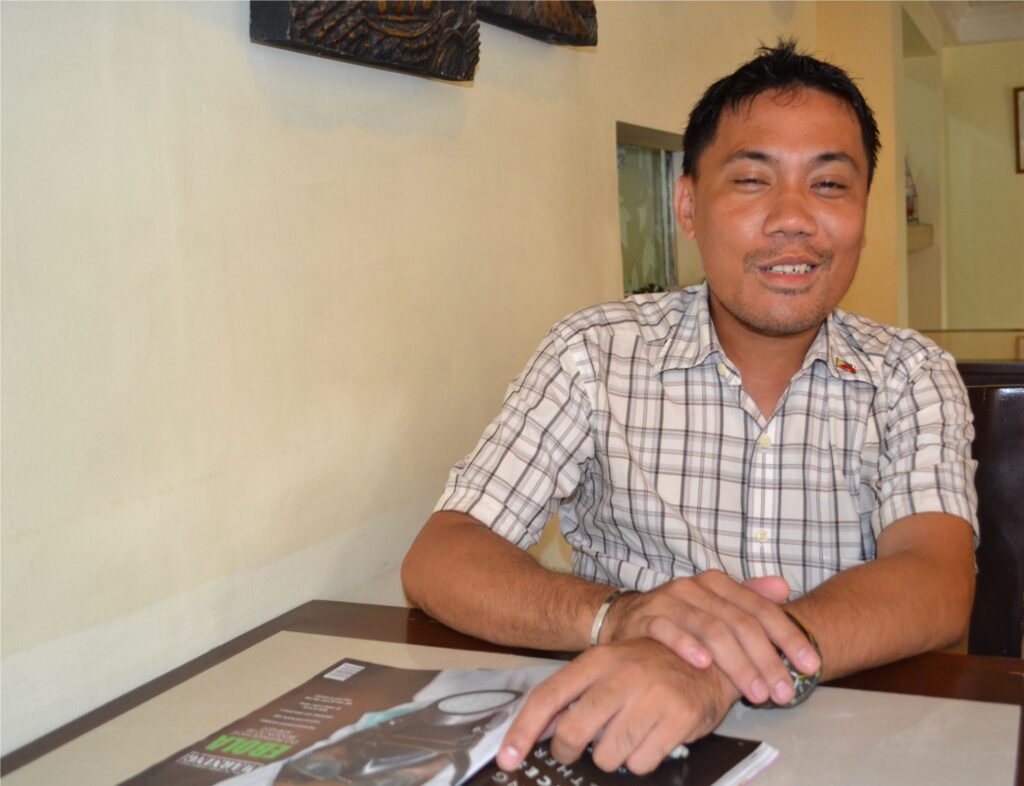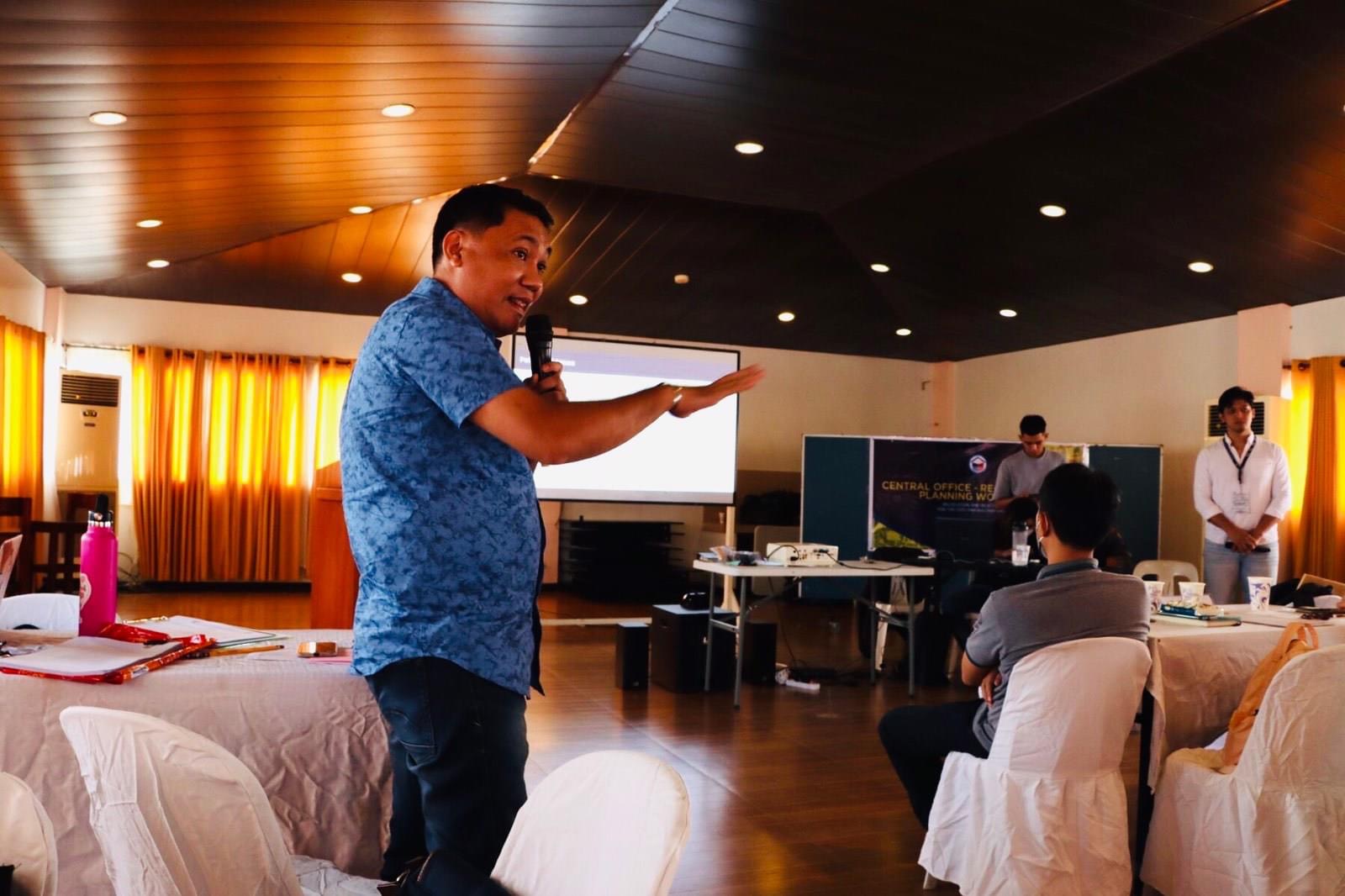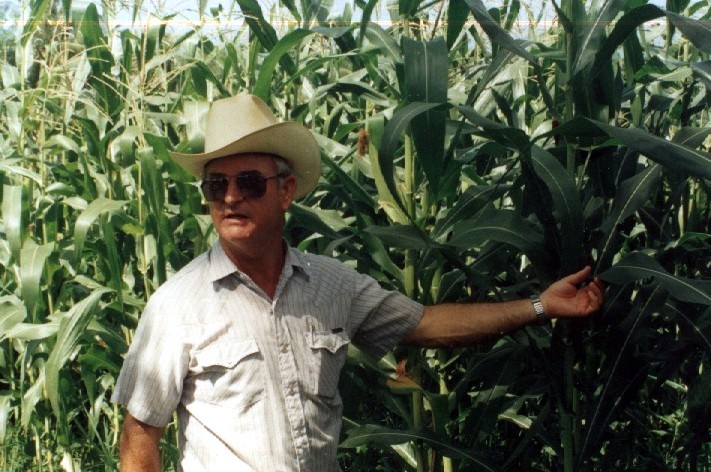Text and Photos by Henrylito D. Tacio
Of the five persons who received the prestigious Ramon Magsaysay Awards – touted to be the Nobel Prize of Asia – from Mindanao, at least two of them are from Davao region. Both of them also have the same distinction: they had a program for uplifting the standard of living of indigenous people’s groups.
In 2014, Davao City’s Randy Halasan was given the coveted award for “his purposeful dedication in nurturing his Matigsalug students and their community to transform their lives through quality education and sustainable livelihoods, doing so in ways that respect their uniqueness and preserve their integrity as indigenous peoples in a modernizing Philippines.”
Matigsalug, a distinct sub-group of the Manobo, is one of the 11 tribes of Davao City. The name was a combination of two words: matig (which means “from”) and salug (meaning “river”). Originally, they were people living near the Salug River, now called Davao River.
Most of this indigenous group live in the Tigwa-Salug Valley in San Fernando, Bukidnon. In Davao City, they can be found in the Marilog District.
In the past, these people practiced a hunting-and-gathering lifestyle with minimal agriculture. “Signs of their earlier lifestyle are now found in their cultural and artistic expression, as evidenced by their costumes of bright colored mid-rib blouses and short skirts, and skilled hunting and gathering techniques,” Wikipedia stated.
“This early lifestyle,” the free encyclopedia continued, “is also depicted in their music, songs, dances, poetry, epic and spiritual expressions. Matigsalug men wear knee-length tight-fitting pants and turbans decorated with beads and tinged with goat or horse hair.”
Halasan was a public school teacher in Pegalongan Elementary School in Sitio Pegalongan, Malamba, Marilog District. Randy Halasan studied and obtained his postgraduate and undergraduate degrees in Educational Management and Elementary Education, from the University of Southeastern Philippines.
To reach Pegalongan, Halasan had to spend seven hours: two hours by bus, an hour over extremely rough roads by habal-habal motorcycle, four hours of walking, and crossing the waters of two treacherous rivers.
“It is a truism that it takes a village to raise a child,” said a press release from the Ramon Magsaysay Award Foundation (RMAF). “But it seems equally true that it takes just one person to launch this collective process of education. In the Philippines, where a public school system has been in place for over a century, many communities remain either unserved or underserved.
“Where physical access is difficult and dangerous, the government’s presence weak and facilities are meager, and people are too poor to even claim an education, the work of public school teachers is nothing less than heroic, and yet largely goes unheralded,” the RMAF further said.

It was in 2007 when Halasan first arrived in Pegalongan. What Halasan thought was only for a short time became seven years. The RMAF observed: “Moved by compassion for the children who have to walk miles and cross rivers just to get to school, and who often fall asleep in class from hunger and fatigue, and driven by a sense of duty to help the impoverished and defenseless forest tribals against the encroachments of powerful outsiders, Halasan has embraced the Matigsalug community as his own. He has turned down offers for reassignment, and his family often does not see him for many weeks on end.”
In his sixth year at Pegalongan Elementary School, he became the head teacher. With such capacity, “Halasan proactively lobbied with higher authorities to expand the Pegalongan school. What was once a two-room, two-teacher schoolhouse is now a permanent school with nine rooms, eight teachers, and 210 students.”
Here’s what RMAF further said: “Through his representation, a cultural-minority high school has been established, with Halasan as teacher-in-charge. Convinced that education is key to the Matigsalug’s survival in a changing world, he has convinced parents to keep their children in school; discouraged the customary practices of early and arranged marriages; and promoted values of self-help and egalitarianism in the community.”
In an email interview, Halasan gave this update: “There are already hanging bridges, agricultural equipment, more teachers and classrooms and the community is now engaged with government programs. The agricultural equipment has helped the community increase their productivity.”
During the time of the presidency of Rodrigo R. Duterte, he was appointed as one of the commissioners of the Presidential Commission for the Urban Poor. He accepted the offer with sadness though. “I was sad because I have to leave the Matigsalug tribe,” he admitted. “I treated them as my family and I lived with them for 11 years. It was such a heartache experience. I definitely missed living a simple life with them, especially the simple bonding I have shared with them and making plans to improve their lives, especially the children.”
Harold R. Watson, an American Baptist missionary from Mississippi, United States, came to the Philippines in the 1960s. He started as a teacher but was later appointed as camp manager of Mount Carmel Baptist Assembly (MCBA) in Kinuskusan, Bansalan, Davao del Sur.
It was at the MCBA that he encountered some tribal groups like those belonging to Bagobo. During those encounters, he learned that most of them are living in the hinterlands and practiced upland farming. With less sources of protein, some of their children were nutrition-challenged.
“The Bagobo live in houses scattered near swidden fields, linked by kinship under powerful regional datus,” csueastbay.edu wrote. “The Bagobo are considered the most colorful people of the Philippines, heavily embroidering their abaca clothing with beads and stitchwork. They also produce fine metal craft, working in brass, bonze, and iron, and are known for their betel boxes. The constant jingling of innumerable tiny brass bells attached to the clothing is a Bagobo trademark.”
The National Commission for Culture and the Arts also gives this information: “From the beginning and up to the present, the Bagobo are the predominant inhabitants of the vast areas extending from the west coast of Davao Gulf to the high reaches of Davao’s famous and significant mountain ranges of Mount Apo or Apo Sandawa to the tribal people.”
Now, going back to Watson. Hearing them talking about their problems, he thought of helping them. So, when he was given the opportunity as director of the Mindanao Baptist Rural Life Center (MBRLC), just a walking distance away from MCBA, he decided to uplift the nutritional status of those living in the uplands.
First, he introduced rabbit raising. Then, he created Food Always In The Home (FAITH), a vegetable gardening that can provide fresh vegetables all year round. In just a 100-square-meter garden, the family can harvest tomato, eggplant, cucumber, alugbati, sweet pepper, squash, malunggay, and beans daily. Green manures (from the kitchen garbage and grasses) are placed inside the basket or trench composts. “We call it the ‘refrigerator in the farm,'” Watson said.
Watson also introduced new breeds and methods of raising ducks, goats, pigs, and pond fish; better vegetable seed; and ideas for utilizing ipi-ipil and other nitrogen fixing trees for feed and forage.


Watson, together with his Filipino counterparts, also tried to find a solution to one of the biggest problems of farming: soil erosion. The Washington-based Worldwatch Institute considers soil erosion as “a silent crisis.”
“Soil erosion is an enemy of any nation – far worse than any outside enemy coming into a country and conquering it because it’s an enemy you cannot see vividly,” he said. “It is a slow creeping enemy that soon possesses the land.”
Although its effects are not significantly felt at present time due to adoption of high-yielding varieties and genetically-modified crops, the erosion problem must be faced right now.
“Land is not being remade,” Watson said. “Soil is made by God and put here for man to use, not for one generation but forever. It takes thousands of years to build one-inch of topsoil but only one good strong rain to remove one inch from unprotected soil on the slopes of mountains.”
It was in the mid-1970s that Sloping Agricultural Land Technology (SALT) came into existence. A study conducted at the MBRLC showed that a farm tilled in the traditional manner erodes at the rate of 1,163.4 metric tons per hectare per year. A SALT farm, on the other hand, erodes at the rate of only 20.2 metric tons per hectare per year.
The rate of soil loss in a SALT farm is 3.4 metric tons per hectare per year, which is within the tolerable range. Most soil scientists place acceptable soil loss limits for tropical countries like the Philippines within the range of 10 to 12 metric tons per hectare per year.
In comparison, the non-SALT farm has an annual soil loss rate of 194.3 metric tons per hectare.
In 1985, the RMAF recognized Watson for “encouraging international utilization of the Sloping Agricultural Land Technology created by him and his co-workers to help the poorest of small tropical farmers.”
Today, Watson is already retired and is now back in his birthplace in Mississippi. “Soil is made by God and put here for man to use, not for one generation but forever,” Watson pointed out.

